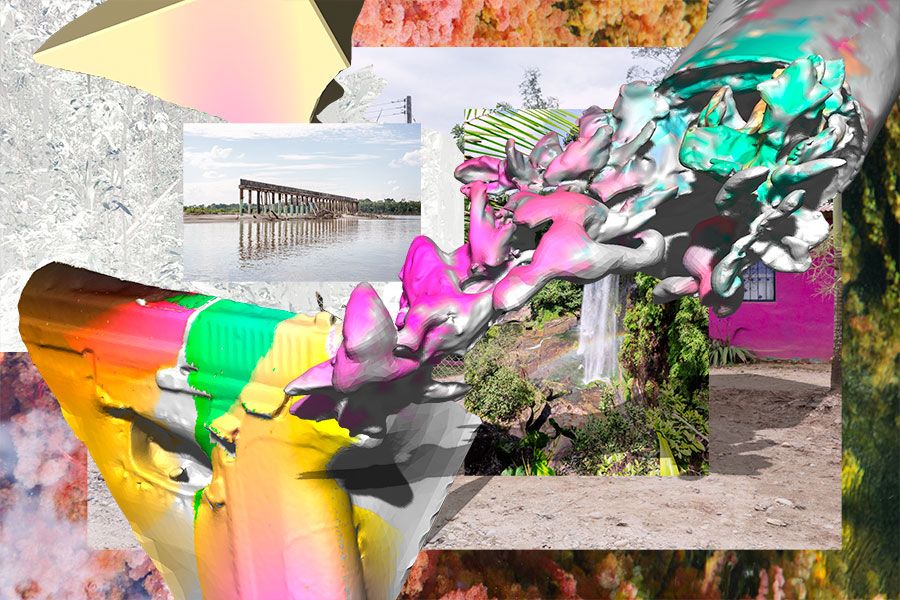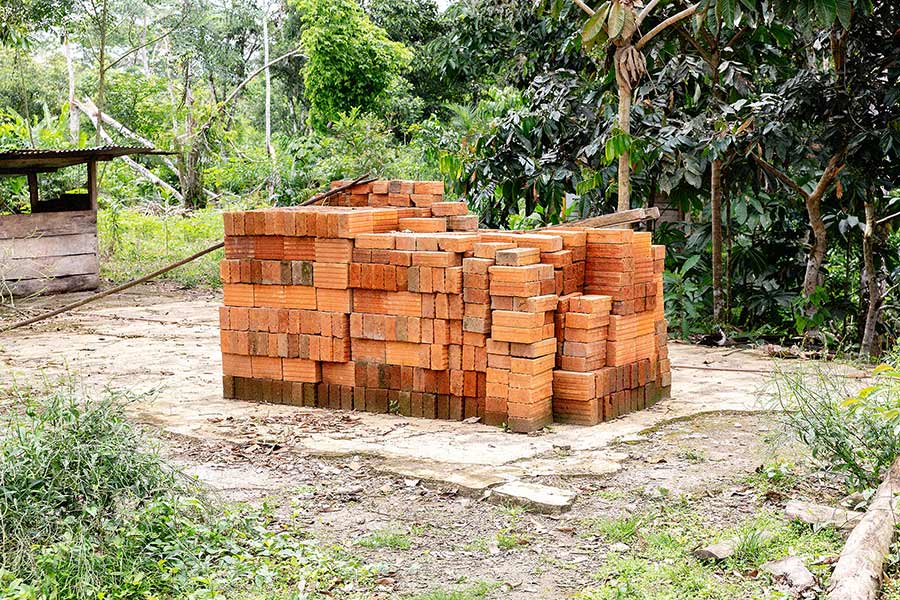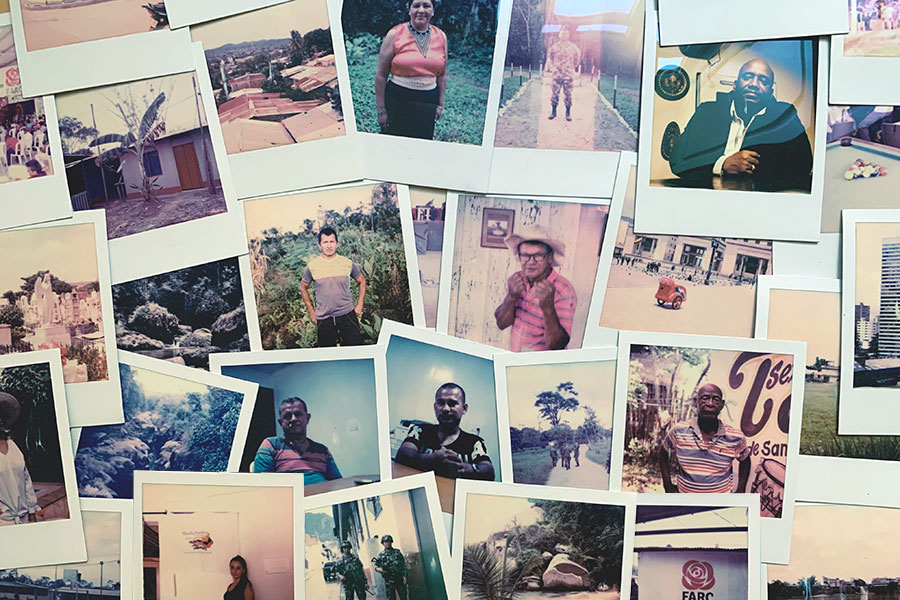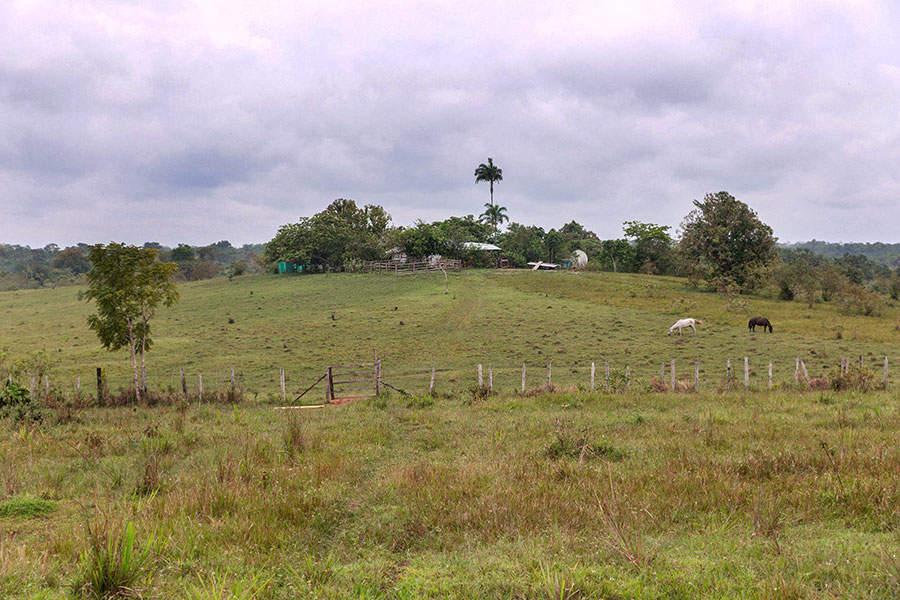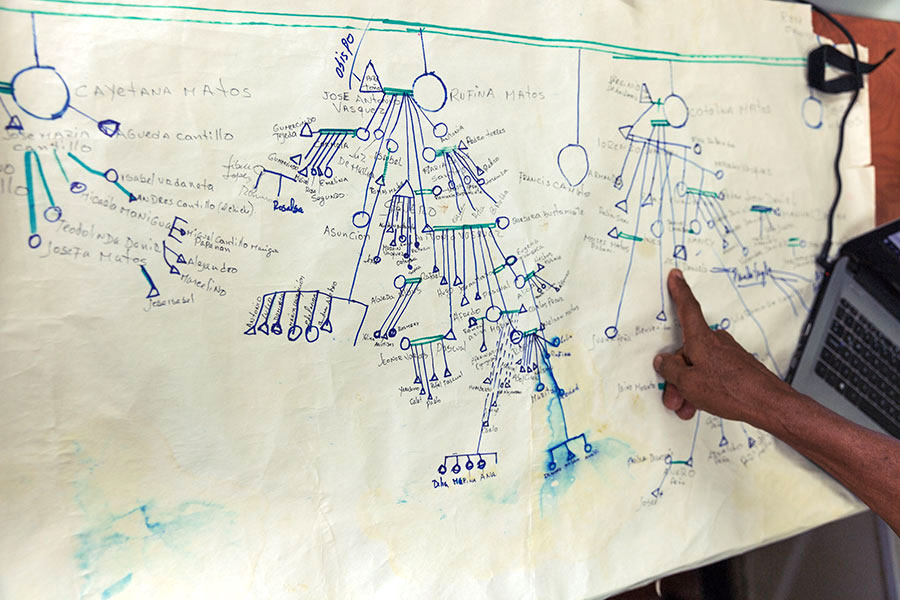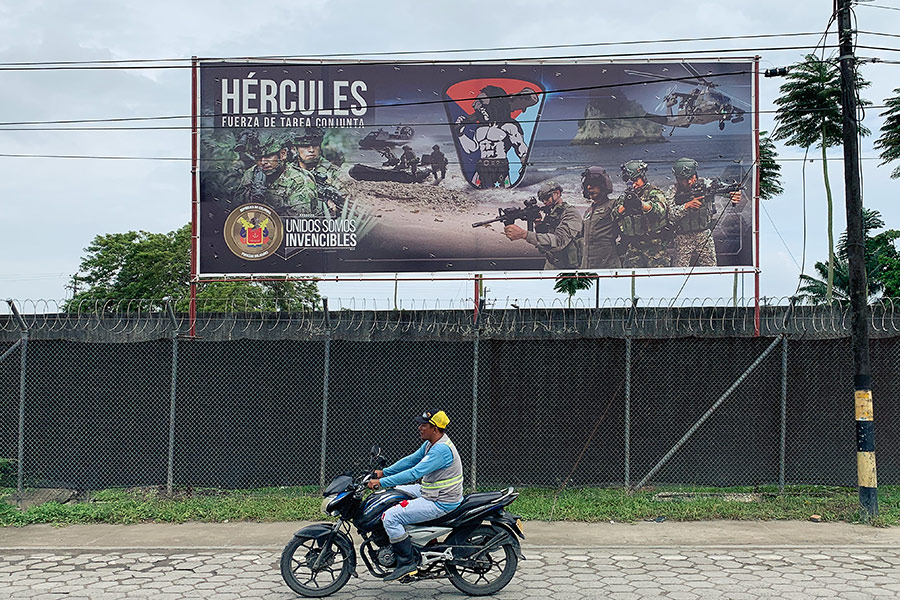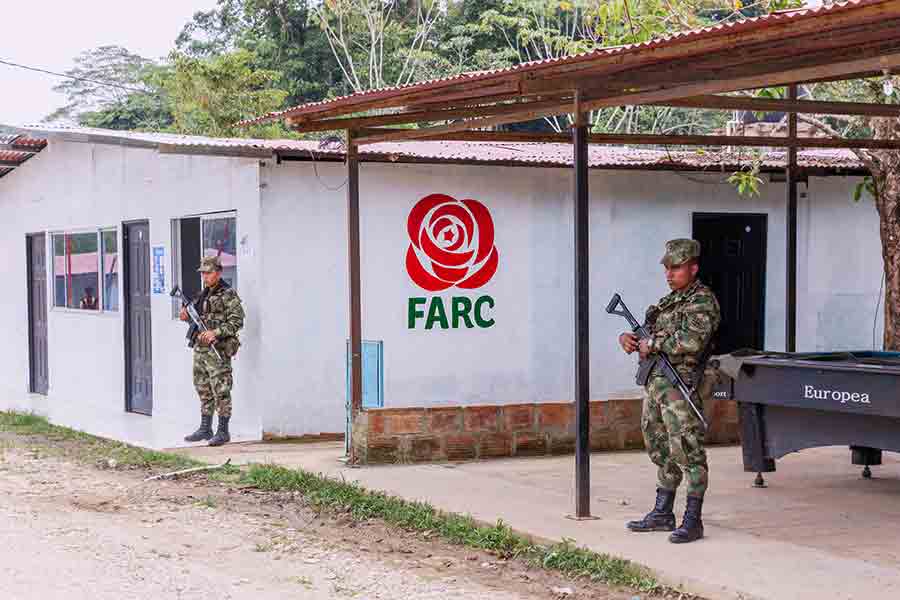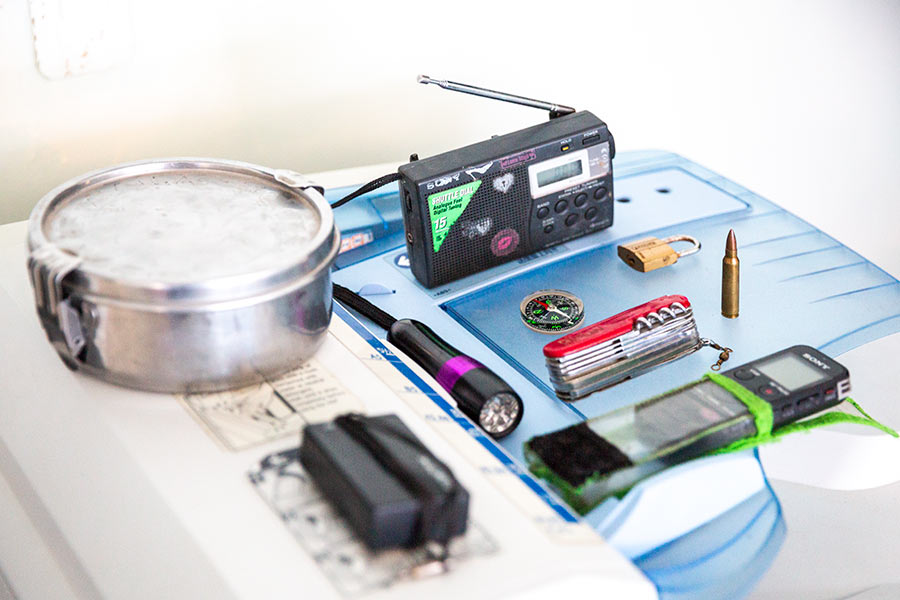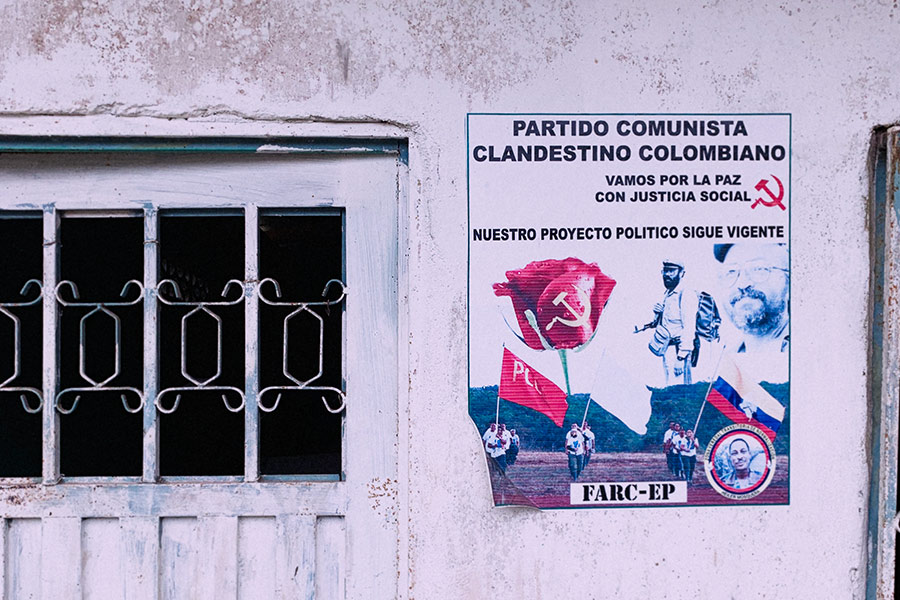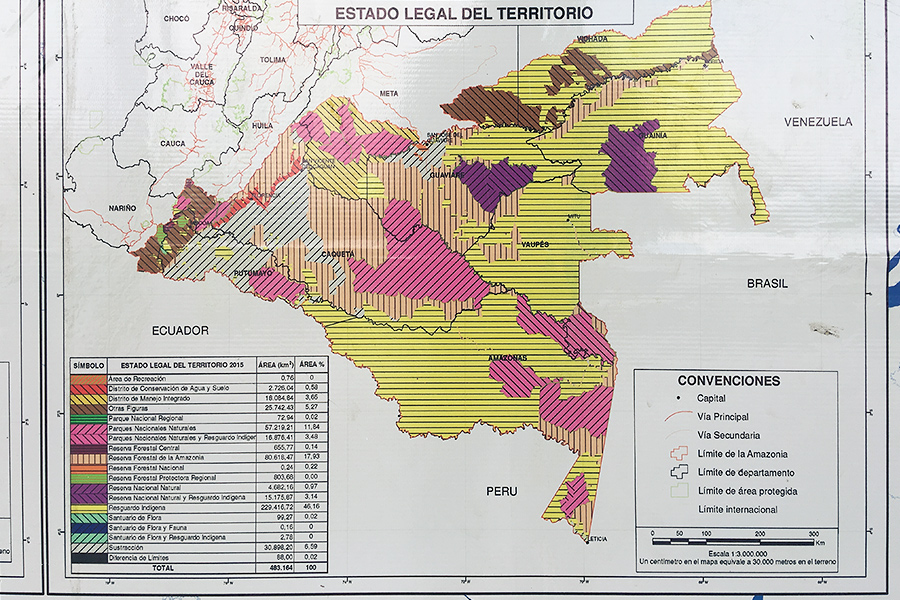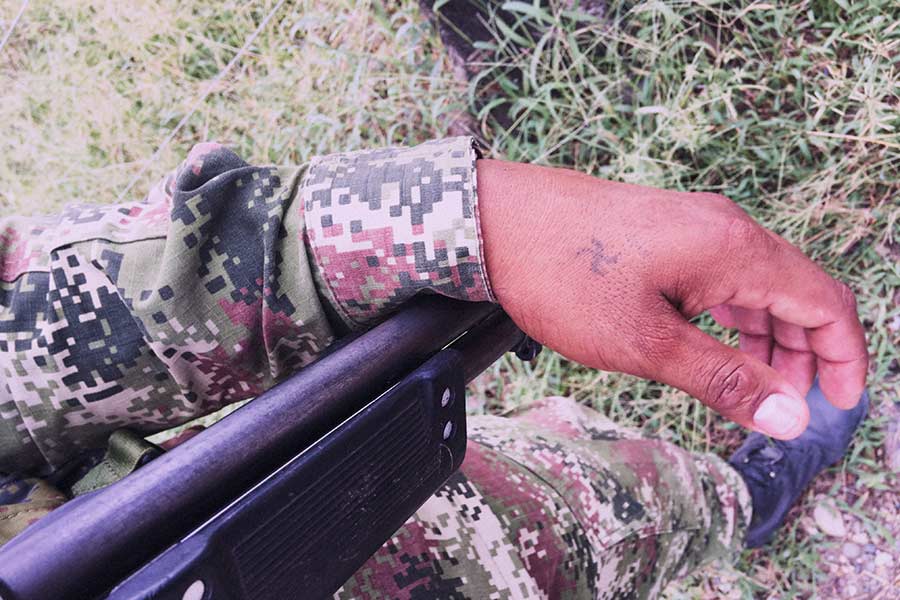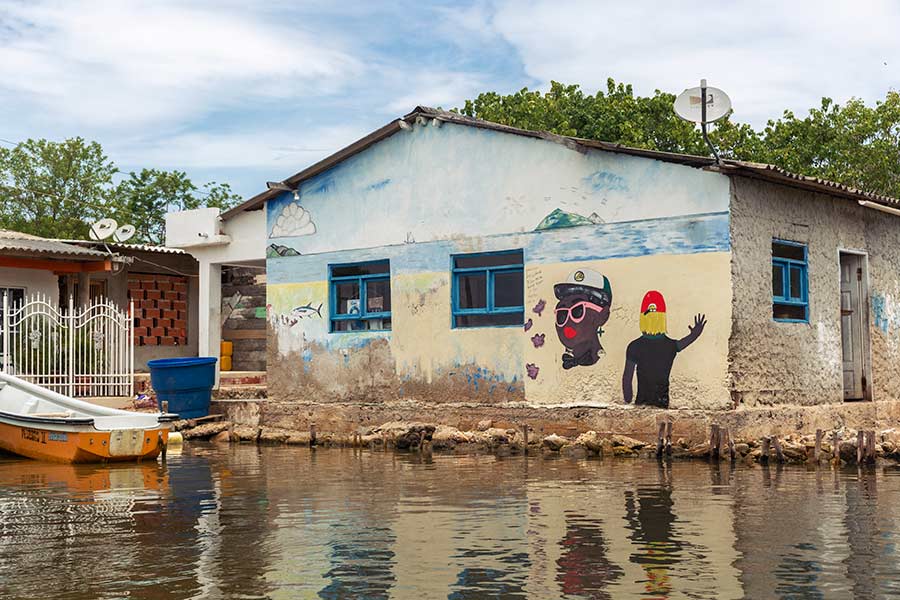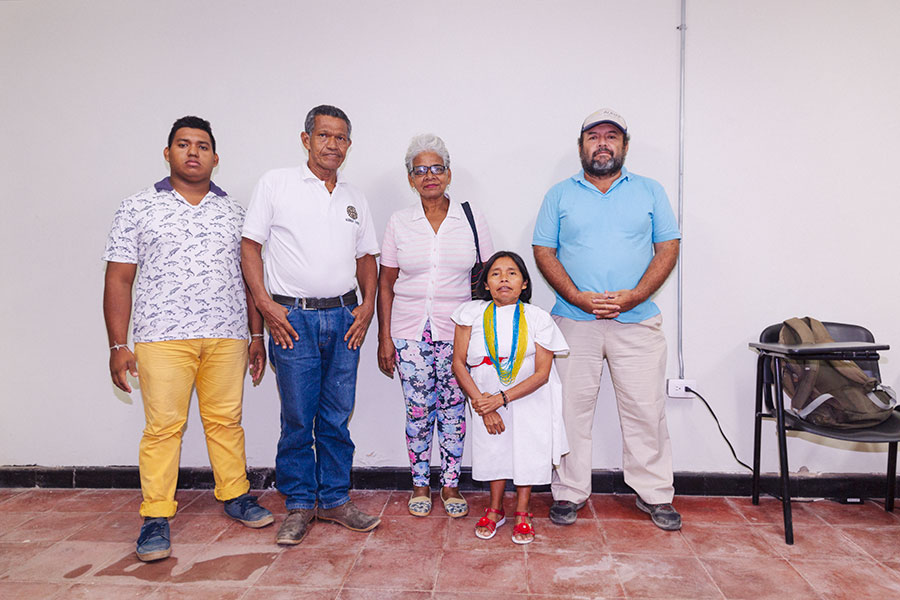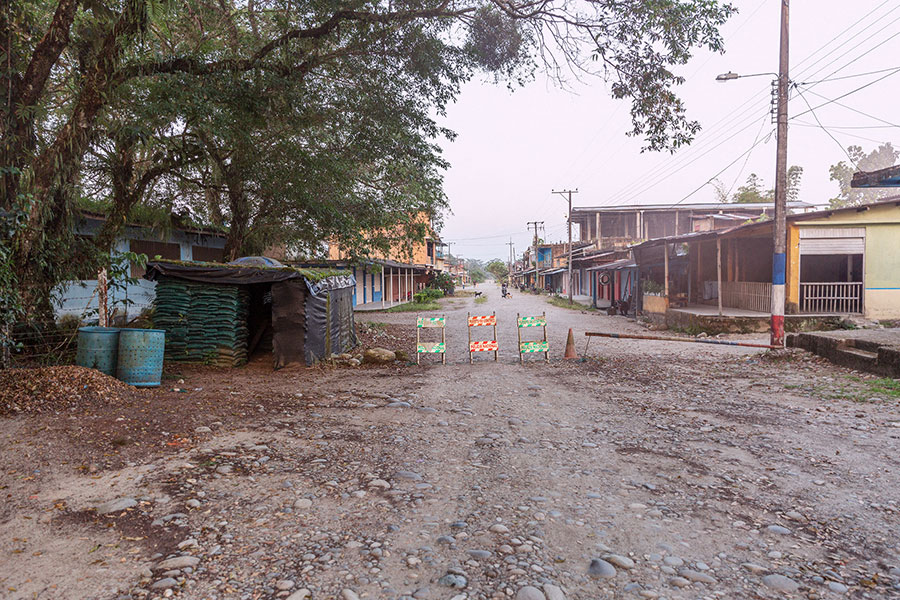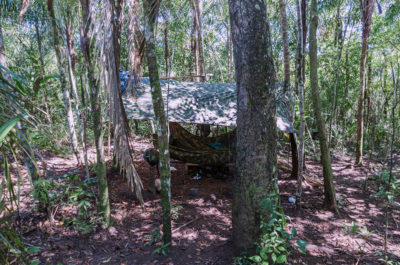Conflicto
YEAR
2018
Ongoing
SUPPORTED
Italian Embassy in Bogotá
Feria Barcú
Colombian Ministry of Interior
LOCATIONS
Colombia
Myth of an end
CONFLICTO is a project by the Italian artist Filippo Minelli, started in 2018 during a residency supported by the Italian Embassy in Bogotá and Feria Barcú, using the research on Colombian post-war landscape as a vehicle to re-signify conflict and narrate the multifaceted reality of indigenous, afro, campesino, guerrilla and security communities.
Starting from an investigation of the Colombian conflict landscape through photographic documentation, 3D scans, interviews and mediation meetings with the communities that participated in the armed rebellion or who were affected by it, the project creates a correlation with local spiritual practices used to solve inner conflicts as the shamanic ayahuasca rituals, locally called Yagé, to create a representation of this historical period of transition between emergency and new identitarian needs.
The focus is on post armed conflict areas, sustainable conversion of plantation (coca > legal), spiritual conflict resolution practices, informal preservation of Amazonian heritage (culture+environment) and was developed during months of travel in remote areas of the country which were long restricted to visitors and Colombian citizens too due to military operations. Most of the ongoing research investigates areas across Putumayo, Caquetá, Amazonas, Nariño, Cauca, Meta, Boyacá, Casanare, Antioquia, Sucre, Bolívar, Atlantico and Magdalena and is meant to expand to other parts of the country where conflicts shaped local behaviours and traditions.
Colombia has a dramatic conflict history, with a variety of contemporary unsolved issues also originating all the way back to Spanish colonisation. The country’s social distribution of population is very much based on racial segregation, natural resources have drawn massive foreign interest for the exploitation of gold, emerald and oil reserves, armed ideologically-motivated confrontations escalated by American intervention generated a deep polarisation of the political landscape and a fragmentation of the administrative sector, while the most recent drug-related conflict was exploited by all parts seeking power legitimacy to fund their operations.
While Bogotá is the administrative center of the Nation and its elite tirelessly work to foster centralisation of power, the vast country is a patchwork of incredibly different morphology and communities not only suggesting that decentralisation could be the only direction to smoothen conflicts, but also that the notion of National identity might only be therapeutic obstinacy imposed from above – or abroad – to over-simplify processes or for mere profitability.
The variety of the social composition of Colombia is striking, and for the projectwere arranged visits, interviews and rituals with Arhuaco, Kogi, Pasto, Huitoto and Awá tribes, afro communities in Tumaco and Palenque, FARC combatants of Putumayo, Meta and Caquetá as well as police and military officials of the same areas, and campesinos, livestock breeders, administrators and politicians across the country.
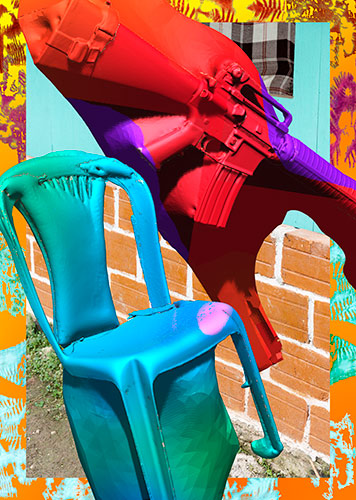
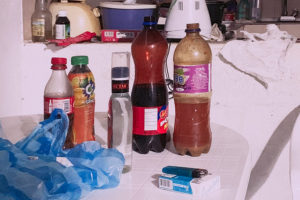
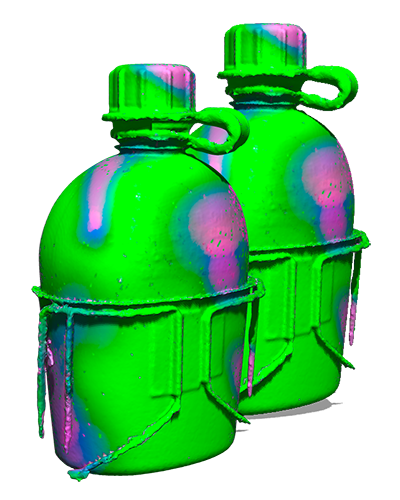
How does landscape look like when not only standard economic and political factors influence it, but they degenerate dragging every aspect of life into an emergency solving scheme? What can we learn from landscape in order to visualise problems in decision-making, planning and development?
In local culture spiritual and inner conflicts are directly faced with powerful practices to face truth as well, with a variety of rituals based on the use of psychoactive plants inducing revealing experiences. While Yagé (ayahuasca) and its dozen varieties are the most common traditional medicament, specific tribes have their own approach to divination-rituals and self-knowledge seeking, while the awareness of divinatory and medical plants was often passed on to armed groups when indigenous people started joining their ranks.
Is conflict a human necessity to solve imbalance, or is it just the result of wrong policies and imposition? Which aspects of conflict are definitely wrong and which can have a positive fall-out? The drugs production and trade exploited to fund the conflict resulted in massive deforestation and contamination of certain areas of Colombia, but armed strongholds of the guerrilla helped preserve a pristine nature as well, in La Macarena for example, by regulating tourist-access or preventing large scale oil extraction facilities, and redistributing or investing revenues in infrastructures never developed by the central government for over 50 years.
Will conflict end after the Havana peace deal? Armed groups are accusing the government of not complying with the resolutions and part of them is already in the jungle again. Which is the biggest myth, the end of a conflict or the resolution of it with the wrong means?

